As dental implantology continues to develop, practitioners have pioneered innovative techniques in order to enhance the predictability and longevity of treatment. In the fast-moving modern world of dental implantology it’s important for practitioners to keep up to date with these techniques to be able to provide informed, exceptional care.
One such method currently being discussed is the socket shield technique. Yusuf Alshafi, dental implant surgeon, discussed the evidence and literature surrounding the topic at the ADI Members’ National Forum in November. Here he offers a summary of what he covered:
Socket shield in a nutshell
Socket shield is a precise process that involves saving the outer part of the tooth when performing an extraction before dental implant placement. This is designed to prevent the resorption of the bone that begins to occur as soon as a tooth is extracted. The method is particularly interesting as the sliver of the tooth that is kept in situ indefinitely is used as a way to preserve the original shape of the extraction site and keep harmony between the soft and hard tissues of the area to enhance aesthetics.
Yusuf says:
“A socket shield is when we leave behind the buccal portion of the root when extracting a tooth, followed by implant placement. This type of partial extraction means that the periodontal fibres are maintained in this area, ensuring the blood supply is preserved to the buccal bone. This is particularly important if this bone is less than 1mm thick, meaning it’s made up entirely of bundle bone, which would otherwise completely resorb with a normal extraction. If executed in the correct way, this process retains the profile of the surrounding bone and soft tissue, significantly reducing the post extraction changes usually seen.
“During this process, the removal of the apex is fundamental as well as the root canal contents. Also, the careful shaping of the fragment of tooth left behind ensures there is space for the dental implant and bone graft material, and importantly provides space or the restoration.
“Although this procedure is very technique sensitive, being able to reduce dimensional changes to the socket following an extraction and enhance the aesthetics is proving to be popular with my patients.”
Different approaches
As with many ideas in dentistry, the creation of socket shields can be achieved in a number of different ways.
Yusuf explains:
“During my lecture at the ADI Members’ National Forum, I took the opportunity to explore some of the methods in the literature to create the shields and the way that these methods impact outcomes.
“When performing a socket shield procedure there are always options regarding how the shield should be created. One option is to section the tooth and remove the palatal portion, then prepare for the implant placement into the bone in the conventional way. Alternatively, the osteotomy can be prepared directly through the root, following this the root is modified to the desired shape prior to implant placement. There are also different thoughts on whether to graft the ‘jump gap’ between the shield and the implant.
There have been a number of studies looking at the different advantages of the final dimension and position of the shield in relation to the buccal bone. For example, reducing the shield height to a 1mm supra-osseous position is known to help maintain the supra-crestal fibres and prevent recession. However, it was found that the chances of complications were reduced by preparing it to the bone level, without any noticeable difference in the recession.”
Complications
Of course, as with all surgery there are potential complications that we need to be aware of.
“The incidence of failures with socket shield treatments is shown to be comparable to that of immediate dental implant treatments,” explains Yusuf. “There have also been cases where the shield fails and needs removing, but the implant can be maintained – as well as vice-versa.
A fairly common problem is when socket shield may become “exposed”, either on the labial aspect (externally) or within the sulcus (internally). Management of such cases is important and usually straightforward, and usually achieved by simply reducing the exposed root and allowing the soft tissue to regrow. It was found that properly shaping the shield at the initial surgery, creating the space required for the soft tissue, greatly reduces the incidence of these exposures.
“The main thing to remember is that this surgery is not an option if there is any tooth mobility, or movement of the shield during its preparation. In these situations, it is always best to fully extract the tooth and proceed with conventional implant treatment.”
Keep up to date
Yusuf Alshafi’s seminar on socket shield was just one of the many informative lectures that entertained and educated delegates at the ADI Members’ National Forum 2019. To keep up to date with dental implantology, become a member of the Association of Dental Implantology (ADI) today.
For information on the ADI and upcoming events, please visit www.adi.org.uk





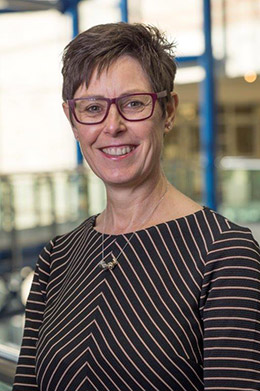 Julie Deverick, President of the BSDHT, discusses why the Society was happy to be involved with the event for another year.
Julie Deverick, President of the BSDHT, discusses why the Society was happy to be involved with the event for another year.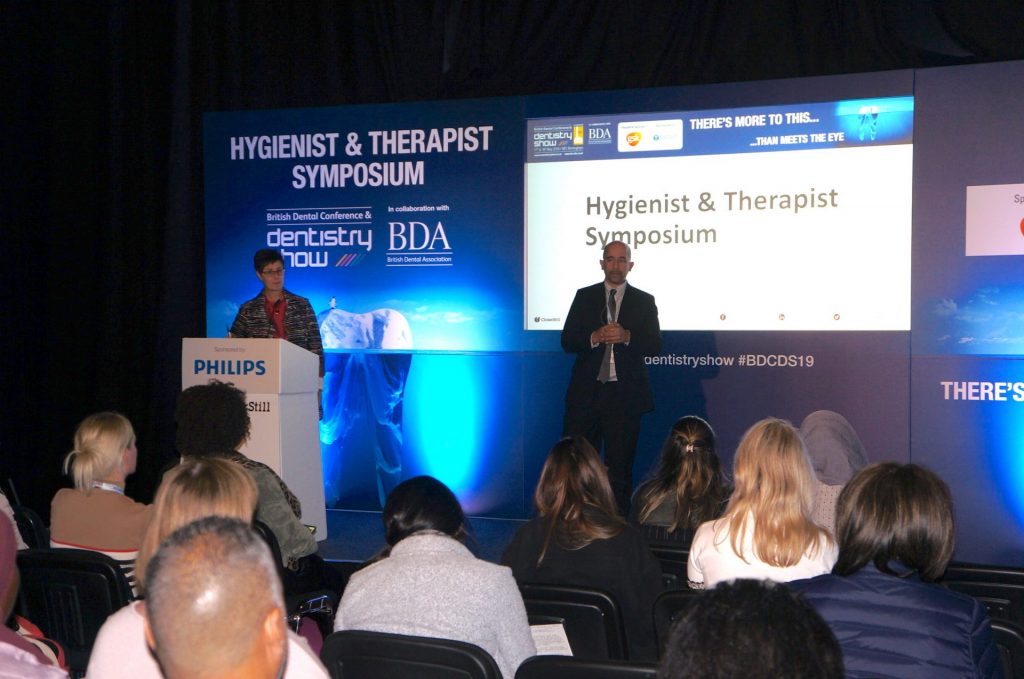
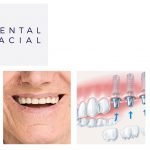
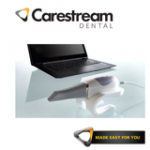


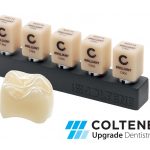

 Implant choice matters!
Implant choice matters!

